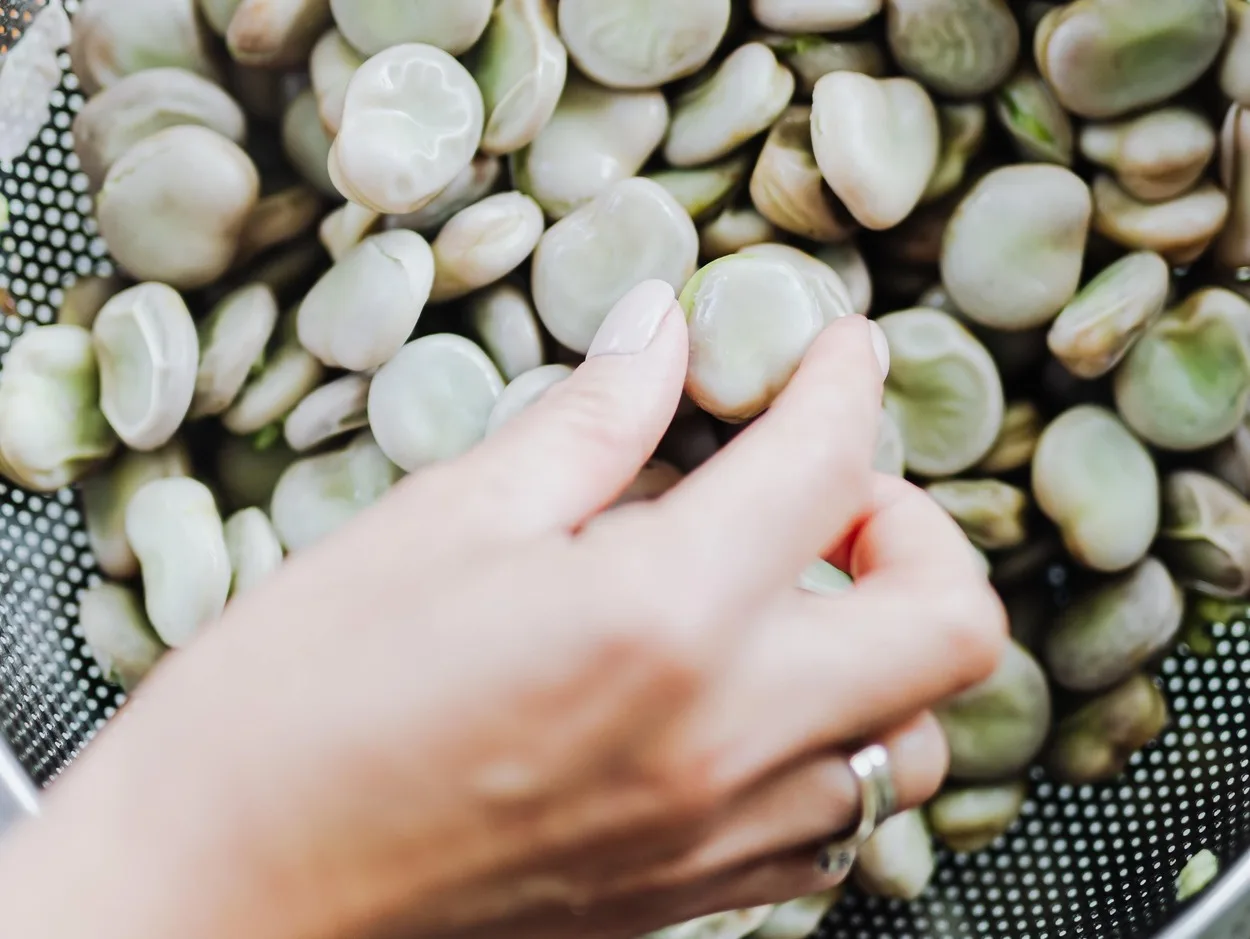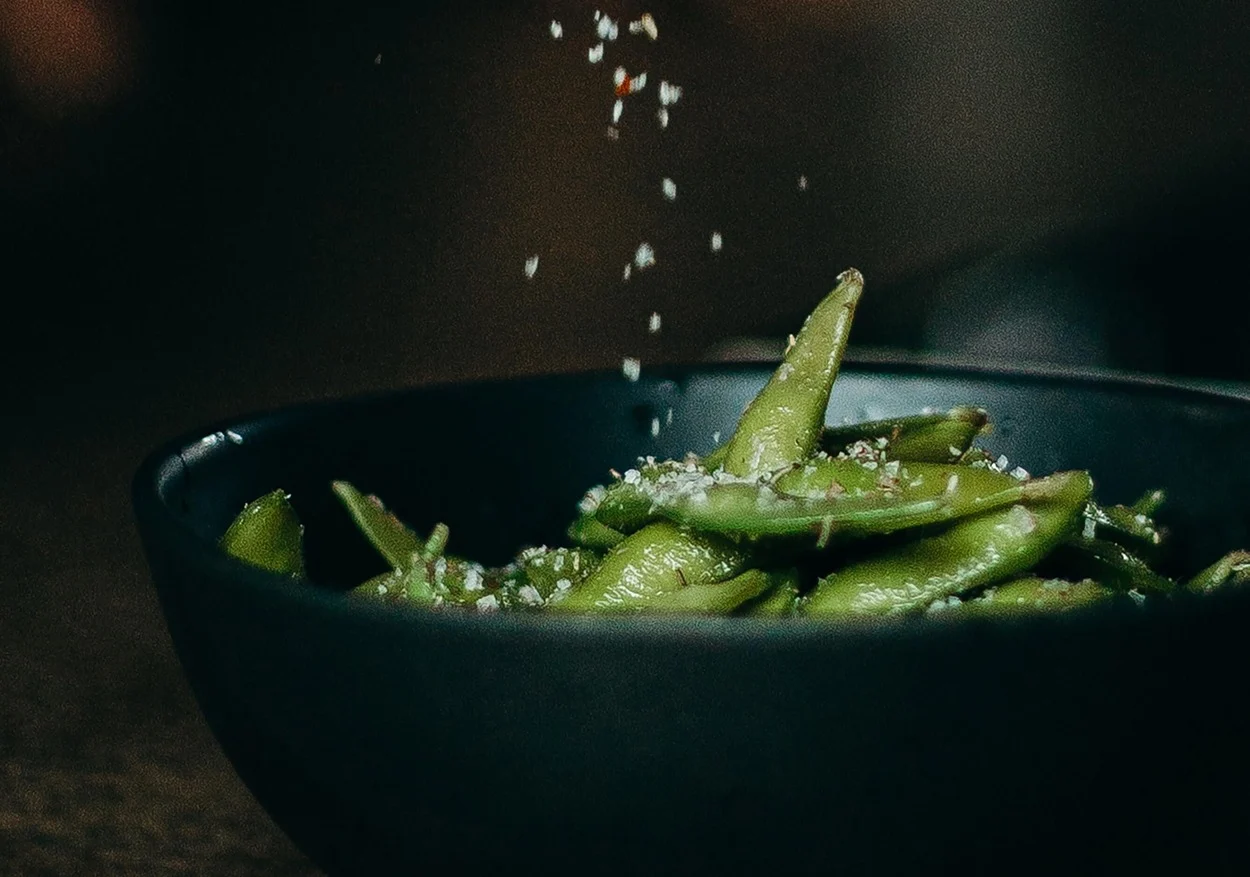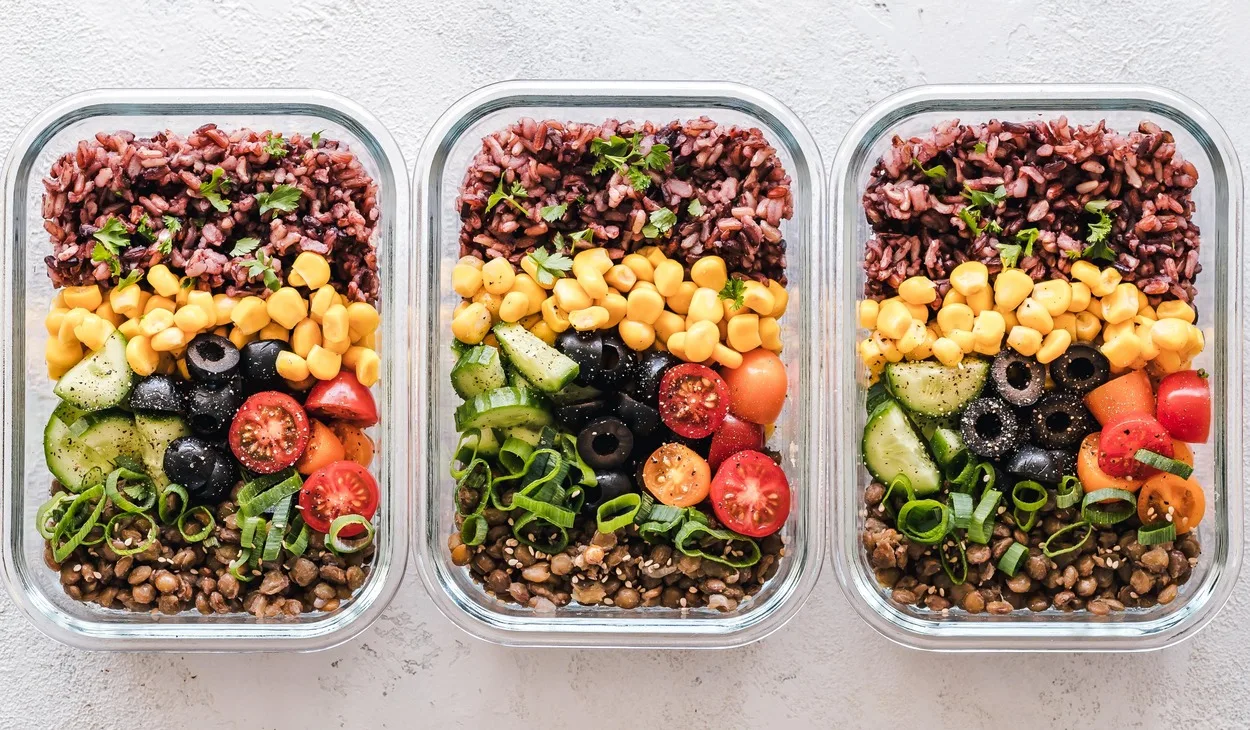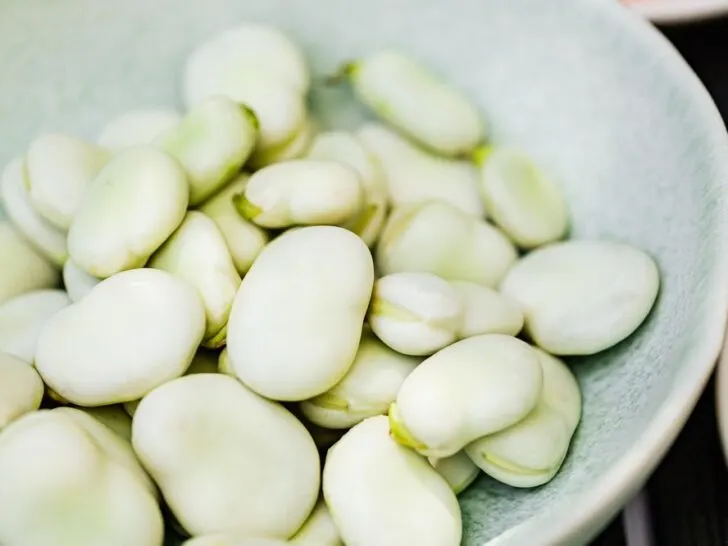Do you ever wonder what’s the difference between fava beans and lima beans? They look similar. Don’t they? If so, you’re not alone.
Although both legumes belong to the Fabaceae family, they have distinctly different origins, flavors, and culinary uses. Fava beans originate from Northern Africa, while lima beans originated in South America.
The former has a distinct, slightly metallic, and slightly bitter flavor, while the latter is much blander with a hint of sweetness. Additionally, fava beans have a firmer texture when cooked, making them great for salads or stews. Meanwhile, lima beans are softer and can be used in purees or soups.
In this blog post, I’ll dive deeper into how fava beans differ from lima beans. So if you’re looking to learn more about these two legumes, keep reading.
Lima Beans
Lima beans, or butter beans, are an edible legume native to South America. They have a unique texture that is soft and almost creamy when cooked, and they have a sweet taste.
Lima beans are low in calories but high in fiber and protein, which makes them an excellent choice for a healthy diet. They’re packed with minerals such as manganese and folate, which can benefit heart health.
Fava Beans

The fava bean, also known as the broad bean, is an edible legume from northern Africa. They have a firm texture and a slightly metallic flavor when cooked.
Like lima beans, fava beans’ high fiber and protein content makes them great for weight loss and digestion. They’re also rich in many vitamins and minerals, such as copper, vitamin B6, and magnesium.
These nutrients can help improve overall health and reduce the risk of certain diseases. Fava beans also contain antioxidants, which protect the body against free radical damage.
Can You Substitute Fava Beans for Lima Beans?
The answer is yes. You can substitute fava beans for lima beans in recipes. While fava beans and lima beans are both legumes, their flavors differ slightly.
Fava beans have a nuttier taste when cooked compared to the buttery flavor of lima beans. However, if a recipe calls for lima beans, it’s possible to substitute fava beans in the same quantity.
Due to their similar texture and size, both beans can be used interchangeably in recipes. It may be necessary to adjust cooking times as fava beans generally require a slightly longer cook time than lima beans. All-in-all, it’s safe to substitute fava beans for lima beans when needed.
Are Fava Beans and Butter Beans the Same?
Fava beans and butter beans aren’t the same.

Fava beans are a specific type of broad bean that’s cold weather tolerant and often planted in the same season as barley or snow peas.
Butter beans, on the other hand, are like lima beans with larger, flat white seeds that are usually dried. They belong to a different genus (Phaseolus lunatus) and are usually considered hot-weather beans.
While both varieties of beans have their own unique qualities and flavors, they’re not the same type of bean. Although some “broad” beans may be favas, not all fava beans are broad beans; some varieties are very small.
Nutrition Facts of Fava Beans and Lima Beans

| Nutrient | Fava Beans (1 Cup Cooked) | Lima Beans (1 Cup Cooked) |
| Proteins | 13 g | 14.66 g |
| Calories | 187 | 209 |
| Carbs | 33 g | 39.25 g |
| Fat | Less than 1 g | 1 g |
| Fiber | 9 g | 13.16 g |
| Calcium | 62.90 mg | 39.37 mg |
| Magnesium | 288 mg | 125.8 mg |
| Potassium | 460.65 mg | 955.04 mg |
| Iron | 2.59 mg | 4.49 mg |
| Sodium | 407 mg | 447.44 mg |
| Vitamin A | 1.85 mcg | 0 mcg |
| Vitamin C | 0.6 mg | 0 mg |
What are Fava Beans Called in India?
Fava beans, also known as faba beans, are a species of flowering plant that is widely cultivated as a crop for human consumption.
In Hindi, these beans are referred to as “Baakala,” and they’re highly nutritious, containing protein, carbohydrates, dietary fiber, phospholipids, choline, vitamin B1, vitamin B2, niacin, and a range of minerals such as calcium, iron, zinc, manganese, potassium, and magnesium.
As well as being eaten by humans, they’re also used to feed horses and other animals. Therefore, fava beans can be considered a valuable source of nutrition in many cultures and cuisines.
Can You Eat Beans and Rice Every day?
Eating beans and rice together is a nutritious combination, providing proteins, carbohydrates, and fiber to your diet.
It’s important to remember that this should not be the only meal plan in your day – fats, fruits and vegetables, and animal-based foods should also be included.
Eating beans every day can provide essential nutrients such as vitamins and minerals, but it’s still important to include other foods in your diet. Rice can also be a great addition to any meal plan, as it’s low in fat and contains essential minerals and vitamins.
By combining beans and rice, you’re creating a balanced diet that can provide the necessary nutrients for good health. Eating this combination every day can ensure that your body receives the essential nutrients it needs for a healthy lifestyle.
Conclusion
- Fava beans and Lima beans are both edible legumes belonging to the Fabaceae family.
- They have distinctly different origins, flavors, and culinary uses.
- Lima beans are softer with a hint of sweetness, while Fava beans have a firmer texture and slightly metallic flavor.
- Both types of beans contain high levels of fiber and protein, as well as other essential vitamins and minerals.
- Depending on your desired use, you may choose one bean over the other for a specific recipe.
- Ultimately, both types of legumes are great for a healthy diet and have their own unique qualities that can benefit overall health.

